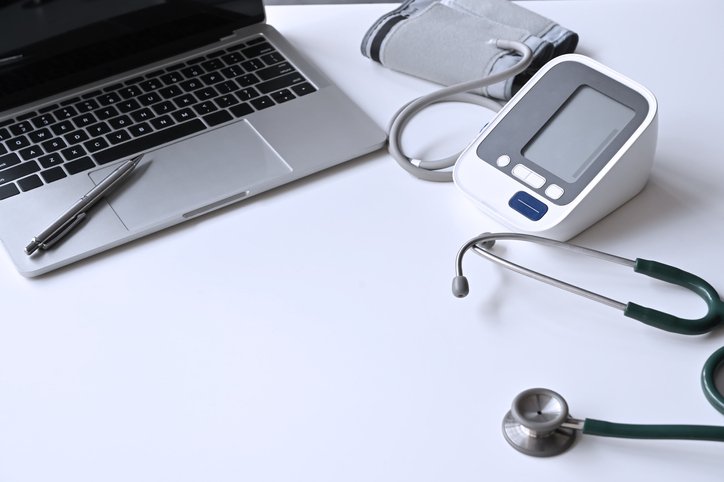The introduction of electronic hospital discharge letters nationally will be accelerated under the Sláintecare reform implementation programme, according to a spokesperson for the Department of Health. E-discharge summaries are already in use in several hospitals countrywide and have been welcomed by GPs, but many hospitals still lack the service.
Discharge summaries include important patient information on treatments and medications, but in some cases arrive to GPs via post weeks after a patient’s discharge from hospital. E-discharge summaries, because they are sent electronically, are issued to GPs more quickly thereby improving follow-up care. As part of efforts to progress integration between primary and secondary care, the Sláintecare programme “wants to see all hospitals capable of being able to create and transmit discharge summaries electronically to GPs and community healthcare teams responsible for their continued care of patients following discharge”, said the Department spokesperson.
“Much of the technology required to deliver electronic discharges has already been developed. Changes are required operationally within hospitals, and to the systems used by those hospitals that hold the data required to populate an electronic discharge letter.
“These changes must be implemented in order to make it possible for more sites to operate an electronic discharge service. Sláintecare has recently engaged with a wide range of stakeholders in relation to the benefits of e-discharge, to confirm demand for such a service and to determine the next steps required to expand this important service.
“A comprehensive discharge letter, delivered to the patient’s GP in a timely fashion, can have significant impacts for patients so it is an initiative the Sláintecare reform implementation programme is keen to accelerate.”
Budget 2021 committed €1.35 billion to fund Sláintecare objectives. An update on the Sláintecare programme will be delivered shortly, added the spokesperson. Separately, work on introducing full electronic prescribing or e-prescribing in the community is also underway. The electronic transfer of prescriptions (ETP) from GPs to pharmacies was introduced last year at the beginning of the pandemic to minimise contact between patients and GPs.
Widely welcomed by GPs, the system is “not as sophisticated as full electronic prescribing, which uses structured data and integrates directly into community pharmacy dispensing systems”, said the Department spokesperson. However, it is “a very good step along the journey towards full e-prescribing that gets clinicians and patients used to a new way of working”.
Whilst the impact of the pandemic had disrupted the delivery of health services and e-health initiatives such as full e-prescribing, “it has nonetheless accelerated progress in other areas, ETP being one such example.”













Leave a Reply
You must be logged in to post a comment.